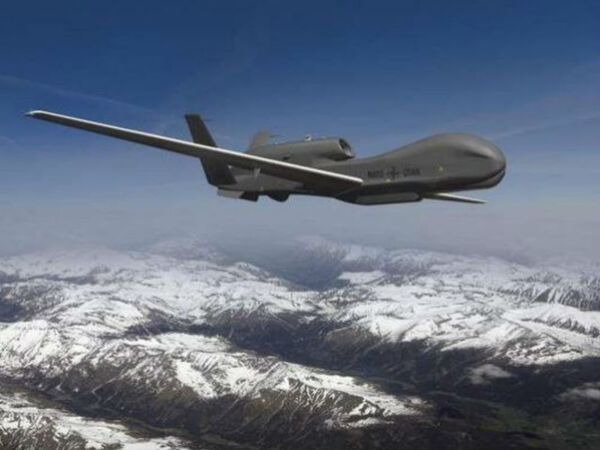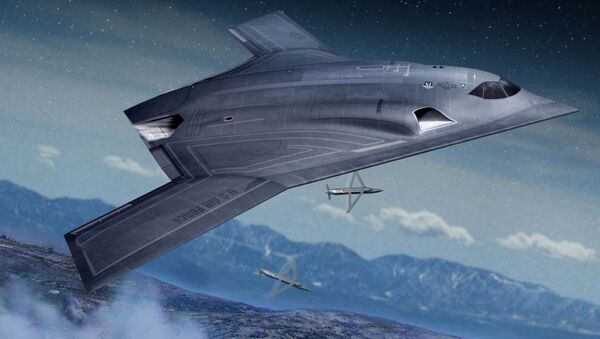"The Third Offset strategy was specifically designed to counterbalance the military might" of Moscow and Beijing, as well as undermine their Anti-Access/Area Denial (A2/AD) capabilities, the media outlet noted.
The US Department of Defense "plans to spend $3 billion on Anti-Area/Access-Denial (A2/AD) technologies, $500 million on guided munitions challenges, $3 billion on submarine and undersea challenges, $3 billion on human-machine collaboration and teaming, $1.7 billion on cyber and EW issues, and $500 million on expanding war gaming and operational concept tests and demonstrations," an unnamed source told Defense News in February.

Some of the military programs, key to the Third Offset strategy, include the RQ-4 Global Hawk unmanned surveillance aircraft, the X-47B drone designed for aircraft carrier-based operations, the Long Range Strike Bomber (LRS-B), the Virginia Payload Module (VPM) for the SSN-774 class nuclear-powered attack submarines, etc., the Japan Business Press detailed.


